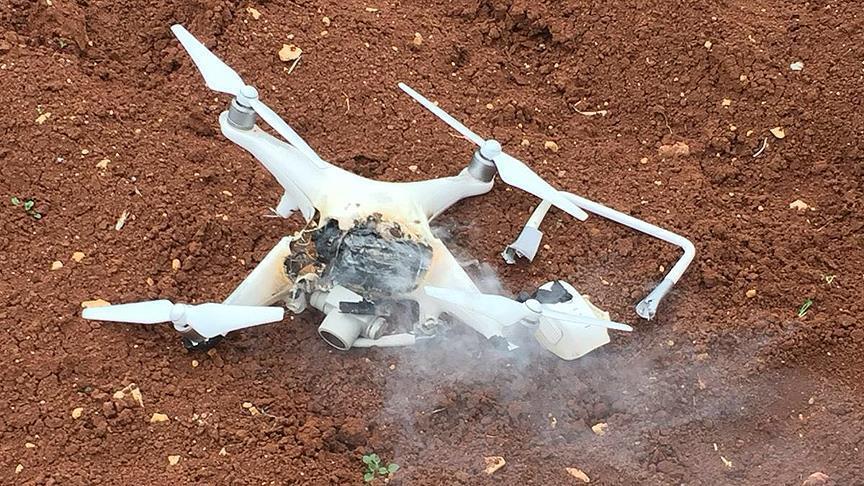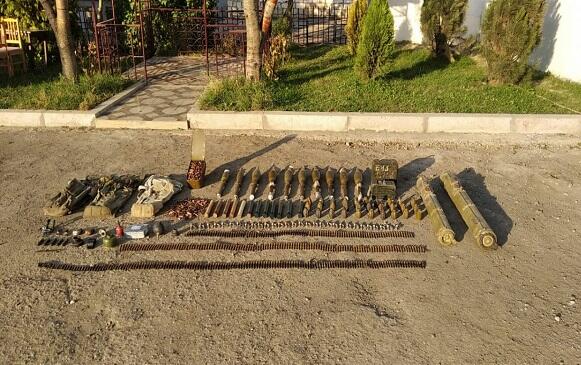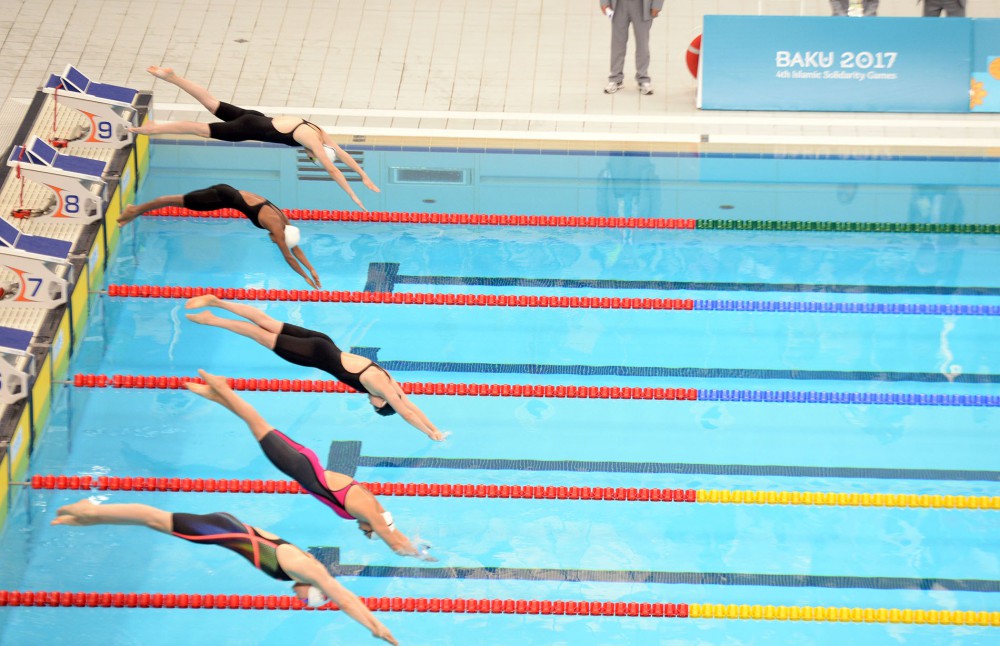NASA's first robotic lander designed to study the deep interior of a distant world hurtled closer to Mars on course for a planned touchdown on Monday after a six-month voyage through space.
Axar.az reports citing Foreign media.
Traveling 301 million miles (548 million km) from Earth, the Mars InSight spacecraft was due to reach its destination on the dusty, rock-strewn surface of the Red Planet at about 3 p.m. EST (2000 GMT).
If all goes according to plan, InSight will streak into the pink Martian sky at 12,000 miles per hour (19,310 kilometers per hour). Its 77-mile descent to the surface will be slowed by atmospheric friction, a giant parachute and retro rockets. When it lands 6-1/2 minutes later, it will be traveling a mere 5 mph (8 kph).
The stationary probe, which launched from California in May, will then pause for 16 minutes for the dust to settle, literally, around the landing site before its disc-shaped solar arrays unfurl to provide power.
The mission control team at NASA's Jet Propulsion Laboratory (JPL) near Los Angeles hopes to get real-time electronic confirmation of the spacecraft's safe arrival from miniature satellites that were launched along with InSight and will fly past Mars.
The JPL controllers also expect to receive a photo of the probe's surroundings on the flat, smooth Martian plain close to the planet's equator called the Elysium Planitia.
The smaller, 880-pound (360 kg) InSight - its name is short for Interior Exploration Using Seismic Investigations, Geodesy and Heat Transport - marks the 21st U.S.-launched Martian exploration including the Mariner fly-by missions of the 1960s. Nearly two dozen other Mars missions have been sent from other nations.
InSight's primary instrument is a highly sensitive French-built seismometer, designed to detect the slightest vibrations from "marsquakes" and meteor impacts.
Scientists expect to see a dozen to 100 marsquakes over the course of the mission, producing data to help them deduce the size, density and composition of the planet.
The Viking probes of the mid-1970s were equipped with seismometers, but they were bolted atop the landers, a design that proved largely ineffective.
InSight also is fitted with a German-made drill to burrow as much as 16 feet (5 meters) underground, pulling behind it a rope-like thermal probe to measure heat.
Meanwhile, a radio transmitter will send signals back to Earth, tracking Mars' subtle rotational wobble to reveal the size of the planet's core and possibly whether it remains molten.
The InSight and next rover mission, along with others in the planning stage, are seen as precursors for eventual human exploration of Mars, NASA officials said.














































